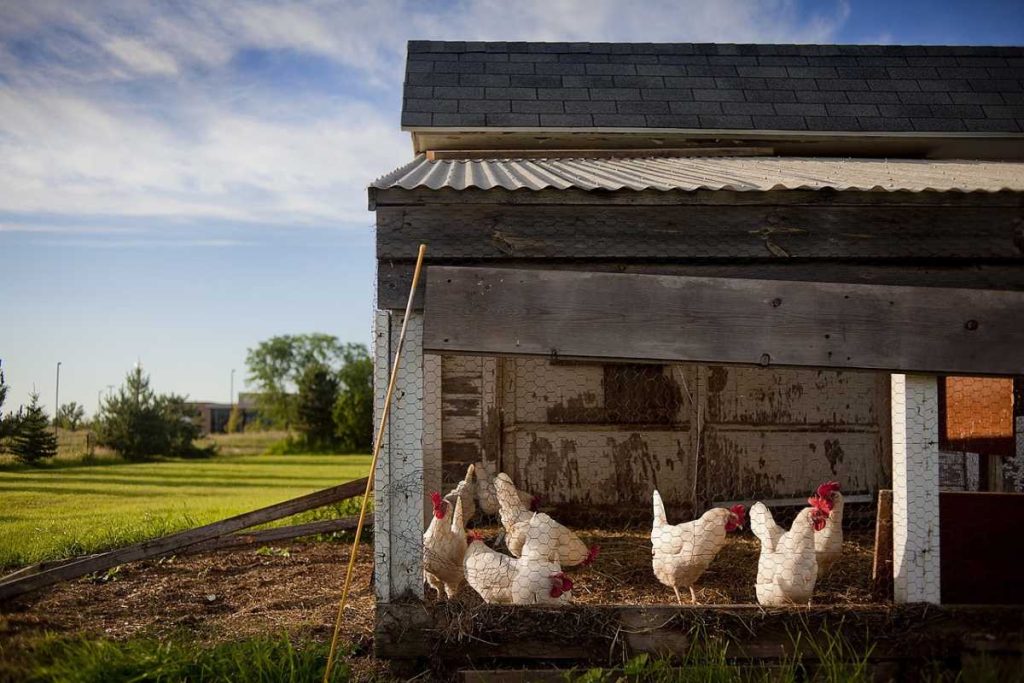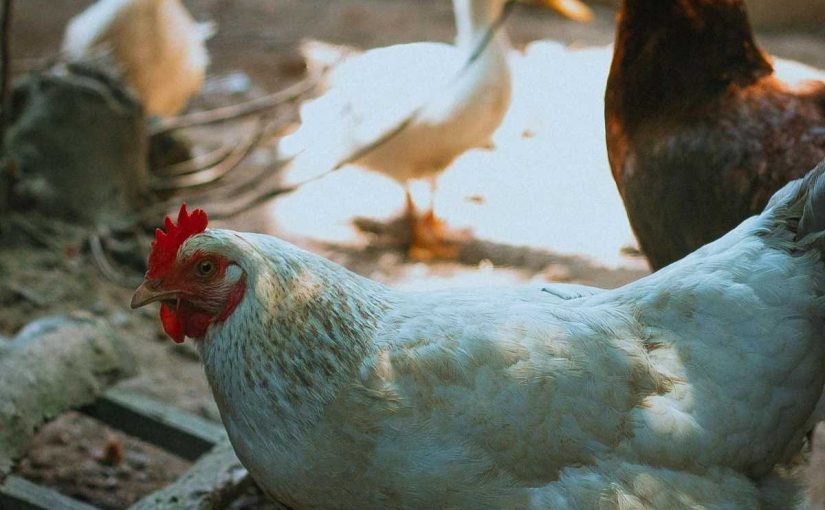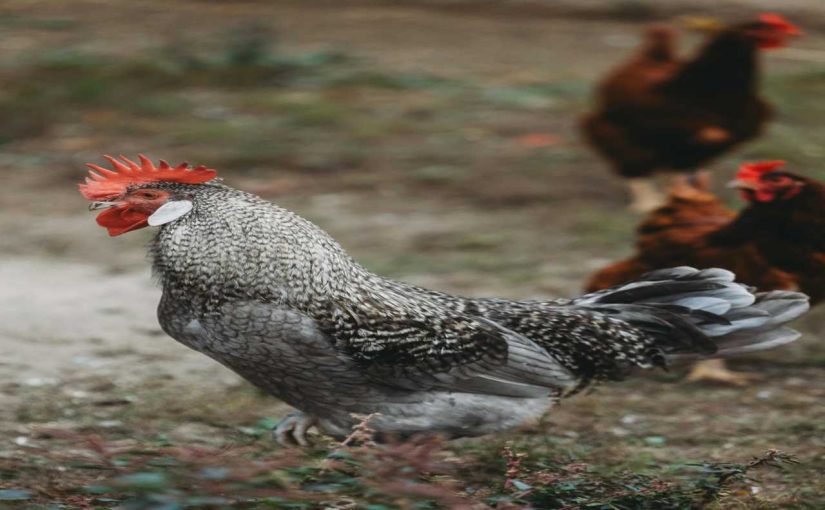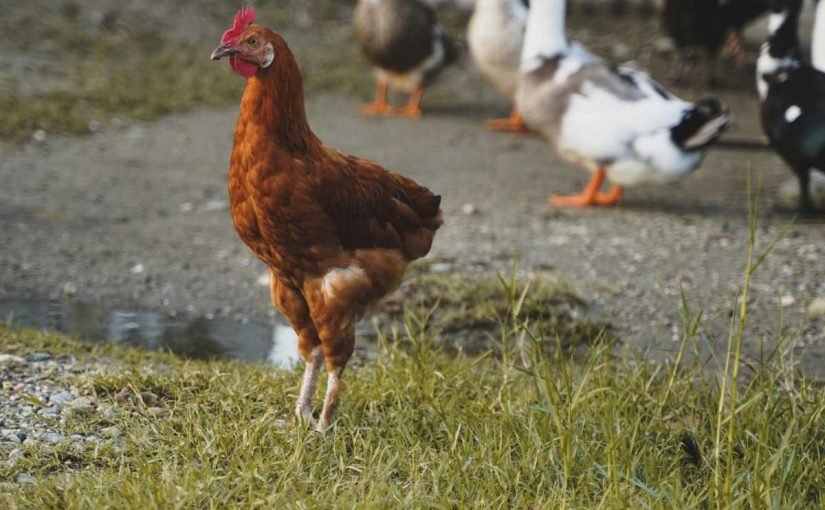The debate surrounding animal welfare in farming practices has gained significant traction in recent years. As consumers become more conscious of the conditions in which their food is produced, the choice between confined and free-range farming has come under scrutiny. This blog explores both farming systems, focusing on their implications for animal welfare, environmental impact, and overall sustainability.
Animal welfare encompasses the physical and psychological well-being of animals, emphasizing the importance of their living conditions, treatment, and care. Confined and free-range farming are two prevalent systems used for raising livestock, particularly chickens. While confined systems focus on efficiency and productivity, free-range practices prioritize animal freedom and natural behaviors.
Understanding the nuances of each system is essential for making informed decisions about animal welfare, consumer choices, and ethical considerations in food production. This blog delves into the definitions, benefits, challenges, and impacts of both confined and free-range farming to determine which approach aligns better with the principles of animal welfare.
1. Understanding Confined Farming
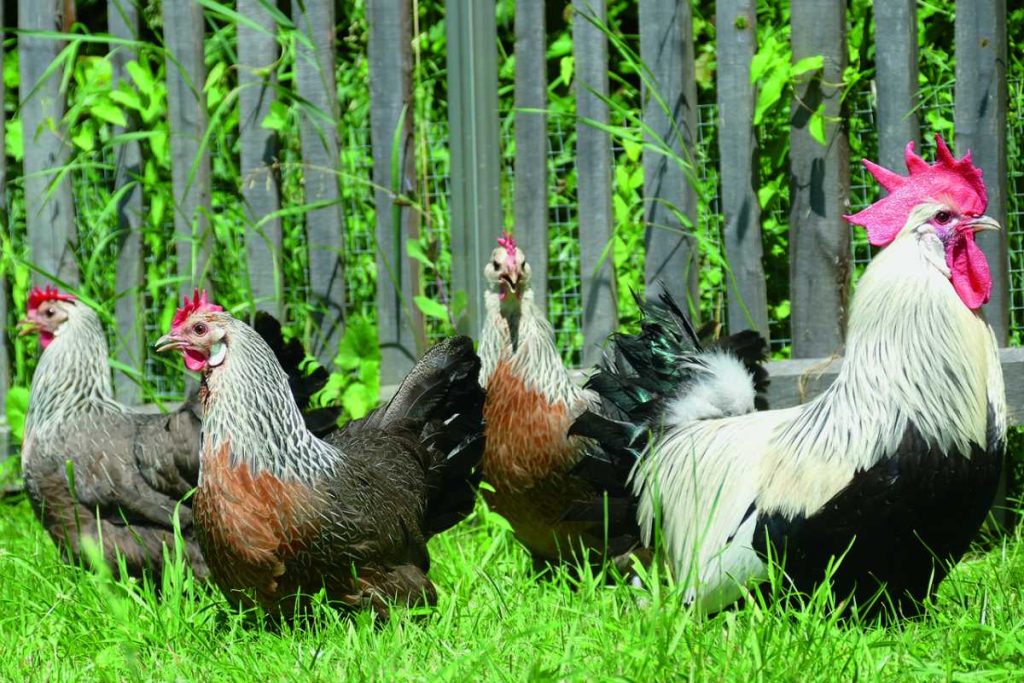
A. Definition of Confined Farming
Confined farming refers to the practice of raising animals in controlled environments with limited space for movement. This system is commonly employed in large-scale commercial operations, where animals are housed in barns, cages, or pens, often in overcrowded conditions.
B. Characteristics of Confined Farming
- Space Constraints: Animals have limited space, often resulting in overcrowding.
- Controlled Environment: Conditions such as temperature, humidity, and lighting are managed to maximize productivity.
- Efficiency Focus: The primary goal is to produce meat, eggs, or dairy products as efficiently as possible.
C. Benefits of Confined Farming
- Higher Productivity: Confined systems often yield higher output due to controlled feeding, breeding, and environmental conditions.
- Cost-Effective: Reduced space and resource requirements can lead to lower production costs and, ultimately, lower consumer prices.
- Disease Management: The controlled environment can facilitate disease monitoring and prevention.
D. Challenges of Confined Farming
- Animal Welfare Concerns: Overcrowding and limited movement can lead to stress, aggression, and other behavioral issues.
- Health Risks: Close confinement increases the risk of disease transmission and can lead to higher antibiotic use.
- Environmental Impact: Concentrated animal waste can contribute to pollution and negatively impact local ecosystems.
2. Understanding Free-Range Farming

A. Definition of Free-Range Farming
Free-range farming allows animals to roam freely in outdoor spaces, providing them with opportunities to engage in natural behaviors. This system is designed to promote animal welfare by offering more space and a more natural living environment.
B. Characteristics of Free-Range Farming
- Access to Outdoor Areas: Animals have the ability to go outside and explore their environment.
- Natural Behaviors: Opportunities for foraging, nesting, and socializing with other animals are prioritized.
- Less Restrictive Housing: While indoor shelters may still be used, they are designed to allow more freedom of movement.
C. Benefits of Free-Range Farming
- Improved Animal Welfare: Animals in free-range systems generally experience lower stress levels and better overall well-being.
- Healthier Animals: Access to fresh air, sunlight, and a varied diet can lead to healthier livestock with fewer health issues.
- Enhanced Flavor and Quality: Many consumers believe that free-range products, particularly eggs and meat, have superior taste and nutritional value.
D. Challenges of Free-Range Farming
- Higher Production Costs: Providing outdoor access and larger living spaces can increase costs for farmers, potentially leading to higher prices for consumers.
- Vulnerability to Predators: Free-range animals are more exposed to predators and environmental hazards.
- Weather Challenges: Extreme weather conditions can pose risks to the health and safety of free-range livestock.
3. Animal Welfare Considerations
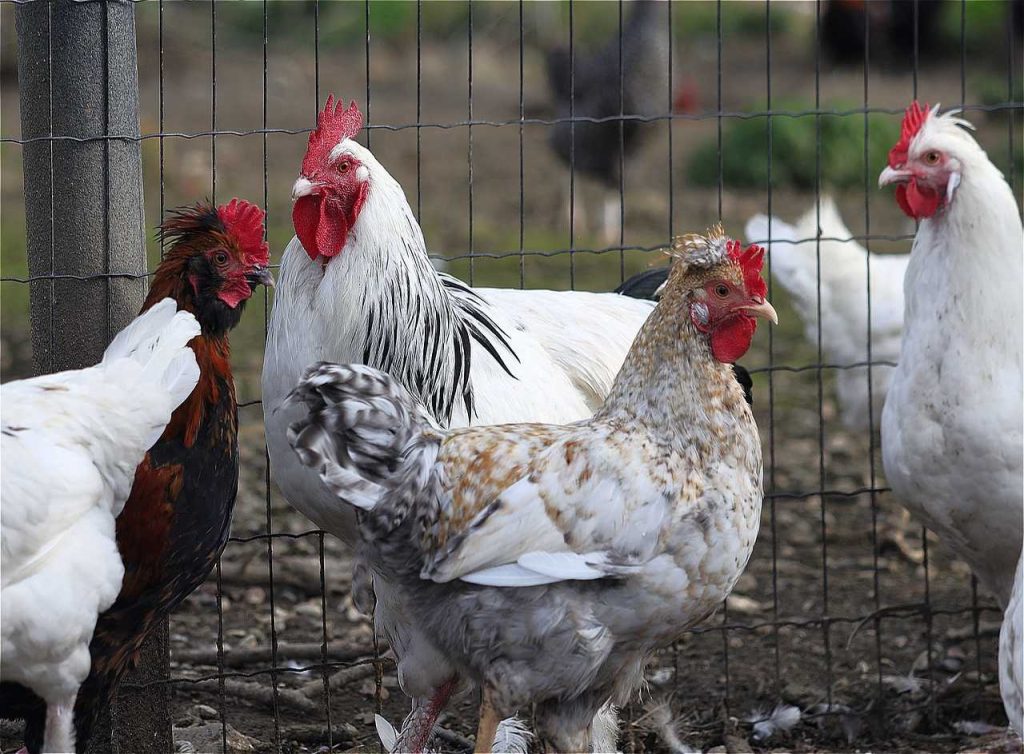
A. Assessing Animal Welfare in Confined Systems
- Physical Well-Being
- Limited space can lead to physical injuries and chronic stress.
- The lack of environmental enrichment may contribute to behavioral issues.
- Behavioral Needs
- Chickens in confined systems may exhibit signs of frustration, such as feather pecking and aggression.
- Lack of social interaction and natural behaviors can lead to abnormal behaviors.
- Health Issues
- Overcrowding can increase stress and susceptibility to disease.
- Higher reliance on antibiotics may contribute to antibiotic resistance.
B. Assessing Animal Welfare in Free-Range Systems
- Physical Well-Being
- Animals generally have more space to move, reducing the risk of injuries and stress-related health issues.
- Access to outdoor areas promotes physical fitness and healthier lifestyles.
- Behavioral Needs
- Free-range animals can engage in natural behaviors, such as foraging, dust bathing, and socializing.
- A stimulating environment leads to better mental health and reduced stress levels.
- Health Issues
- Access to a diverse diet can improve nutrition and overall health.
- Lower stress levels may lead to reduced disease susceptibility.
4. Environmental Considerations
A. Environmental Impact of Confined Farming
- Waste Management
- Concentrated waste from large numbers of animals can lead to pollution and health risks in surrounding areas.
- Overuse of antibiotics can lead to antibiotic resistance in bacteria found in the environment.
- Resource Use
- Confined systems may require more feed and water resources to sustain large populations.
- The intensive nature of these operations often contributes to deforestation and habitat loss for feed production.
B. Environmental Impact of Free-Range Farming
- Sustainable Practices
- Free-range systems can promote more sustainable farming practices by reducing reliance on antibiotics and enhancing biodiversity.
- Manure from free-range animals can contribute to soil health when managed properly.
- Land Use
- Free-range farming requires more land per animal, which can lead to challenges in terms of scalability and efficiency.
- Proper management is crucial to avoid overgrazing and habitat degradation.
5. Consumer Perception and Demand
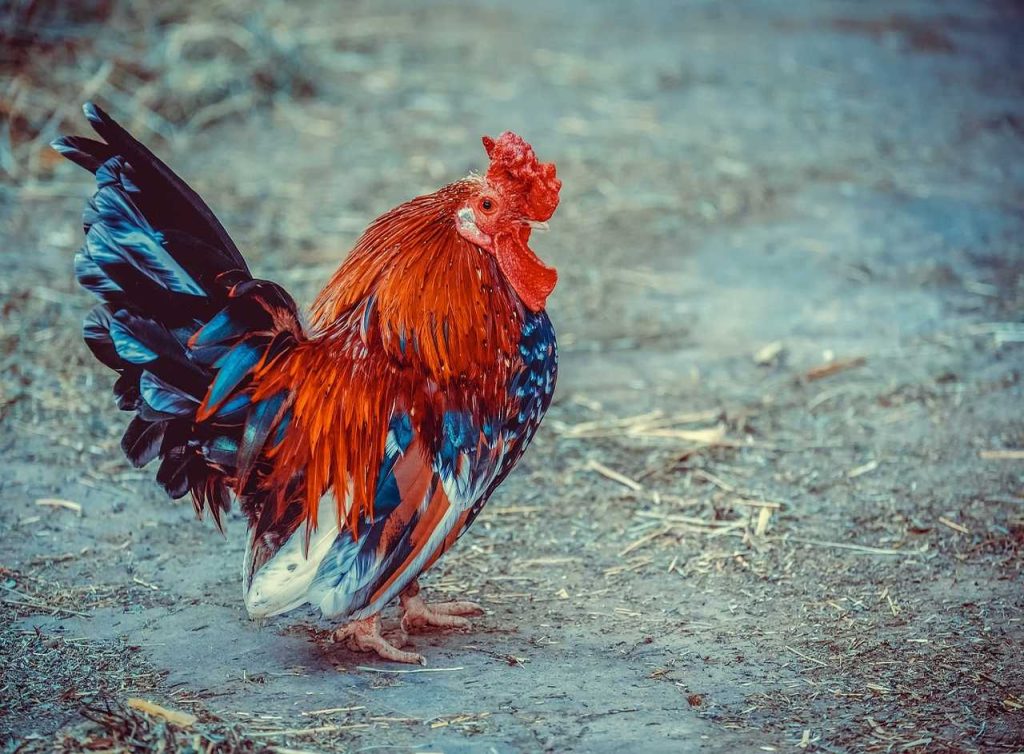
A. Growing Interest in Animal Welfare
As consumers become more informed about the conditions in which their food is produced, there is a growing demand for products that prioritize animal welfare. Many people are willing to pay a premium for free-range eggs, meat, and dairy, reflecting their values and concerns for animal well-being.
B. Labeling and Certifications
To help consumers make informed choices, various labeling and certification programs have emerged. These programs aim to provide transparency regarding animal welfare standards, allowing consumers to choose products that align with their values. Common certifications include:
- Certified Humane: Requires that animals have access to outdoor spaces and are raised according to specific welfare standards.
- Animal Welfare Approved: A higher standard that ensures animals are raised on pasture and have significant outdoor access.
- Free-Range: Indicates that animals have some access to the outdoors, though standards can vary.
6. The Middle Ground: Hybrid Approaches
A. Alternative Farming Systems
Recognizing the challenges of both confined and free-range systems, some farmers are adopting hybrid approaches that balance efficiency and animal welfare. These systems may include:
- Pastured Poultry: Chickens are moved between pasture areas, providing access to natural foraging while maintaining more efficient production.
- Controlled Environment Agriculture (CEA): Utilizing technology to create optimal living conditions for animals while allowing for more space and natural behaviors.
B. Benefits of Hybrid Approaches
- Efficiency and Welfare: Hybrid systems can improve animal welfare while still maintaining reasonable production levels.
- Consumer Appeal: These systems can meet consumer demand for ethically produced food without completely sacrificing efficiency.
Conclusion
The debate between confined and free-range farming practices highlights the complexities of animal welfare in food production. While confined systems offer certain efficiencies and cost advantages, they often come at the expense of animal well-being. Conversely, free-range systems prioritize animal welfare and natural behaviors but can pose challenges regarding production costs and management.
Ultimately, the best approach may lie in finding a balance that respects both animal welfare and sustainable production practices. As consumers become increasingly aware of the ethical implications of their food choices, supporting practices that prioritize animal welfare is crucial for fostering a more humane and sustainable food system.
By advocating for responsible farming practices and making informed choices, we can contribute to a future where animal welfare is at the forefront of food production, benefiting both animals and consumers alike.

